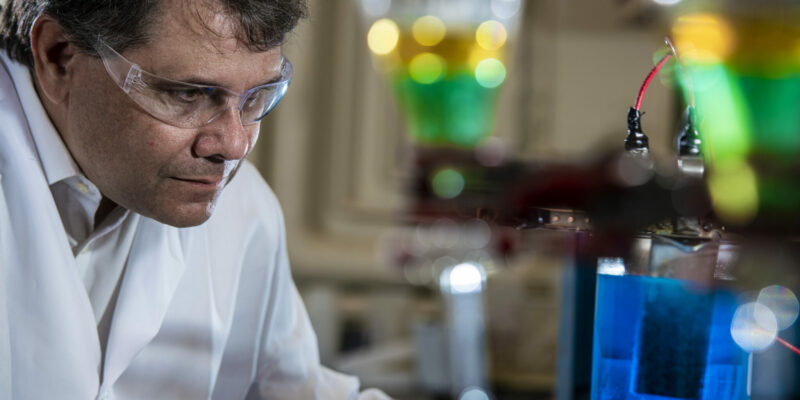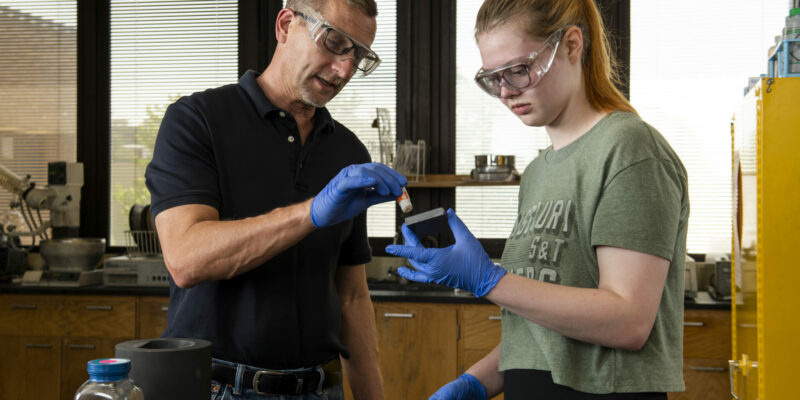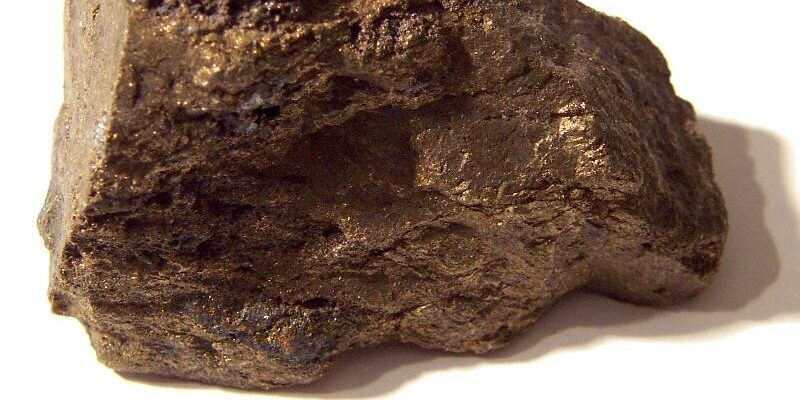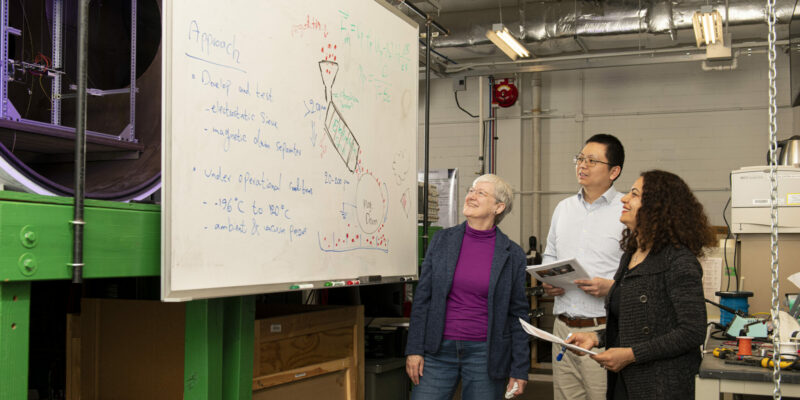Tag: materials science and engineering
Missouri S&T partners in hydrogen-energy collaborative
Missouri S&T is partnering with industry, business groups and academic institutions to form the Greater St. Louis and Illinois Regional Clean Hydrogen Hub Industrial Cluster to promote clean energy in the industrial sector.
Read More »Moats named chair of materials science and engineering
Dr. Michael Moats, professor of materials science and engineering (MSE), has accepted the role of MSE chair effective August 1. Moats has served as interim MSE chair since July 12, 2021.
Read More »Missouri S&T investigates ceramics processing through $1.4 million project
When you order fries at McDonald’s, you expect them to taste the same in Missouri as they do in Montana. That type of consistency is what researchers at Missouri S&T are trying to achieve in ultra-high-temperature ceramics processing for hypersonic vehicles.
Read More »Missouri S&T hosts second annual critical minerals workshop
The future of cell phones, solar panels and electric vehicles depends on materials like cobalt, germanium and rare earth elements. Those and other critical minerals are the focus of the second annual virtual workshop hosted by Missouri S&T Aug. 4-5.
Read More »NASA selects S&T for lunar-living project
Researchers at Missouri S&T will develop mineral extraction techniques for lunar construction as part of a NASA project to make it possible for people to live and work on the moon. NASA will provide up to $2 million over two years to support S&T’s research.
Read More »Missouri S&T professor elected senior member of National Academy of Inventors
Dr. Anthony Convertine, the Roberta and G. Robert Couch Assistant Professor of Materials Science and Engineering at Missouri S&T, has been elected to the National Academy of Inventors (NAI) 2022 class of senior members.
Read More »Professors emeritus co-author new biomedical engineering textbook
Dr. Mohamed N. “Len” Rahaman and Dr. Roger F. Brown, both professors emeritus at Missouri S&T who co-taught the courses “Biomaterials” and “Tissue Engineering” at S&T for many years, recently co-authored a new textbook for biomaterials students.
Read More »Missouri S&T researchers patent implants made with bioactive glasses and metals
Medical devices made of bioactive glasses and metals that dissolve at the end of their operational lifespan could replace other types of implants and eliminate the need for invasive removal once they have served their purpose, say researchers at Missouri S&T. The researchers recently received a patent for the device.
Read More »Missouri S&T offers summer research for students from HBCUs
Eight students from historically Black colleges and universities (HBCUs) participated in a summer program at Missouri S&T that is designed to encourage engineering students from underrepresented groups to pursue graduate studies. This year, students in Missouri S&T’s Summer Engineering Research Academy (SERA) visited Rolla from Oakwood University in Huntsville, Alabama, Tennessee State University in Nashville and Morgan State University in Baltimore.
Read More »







